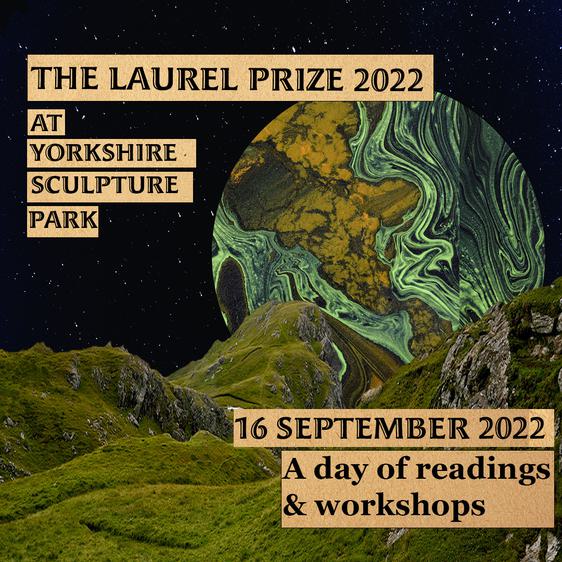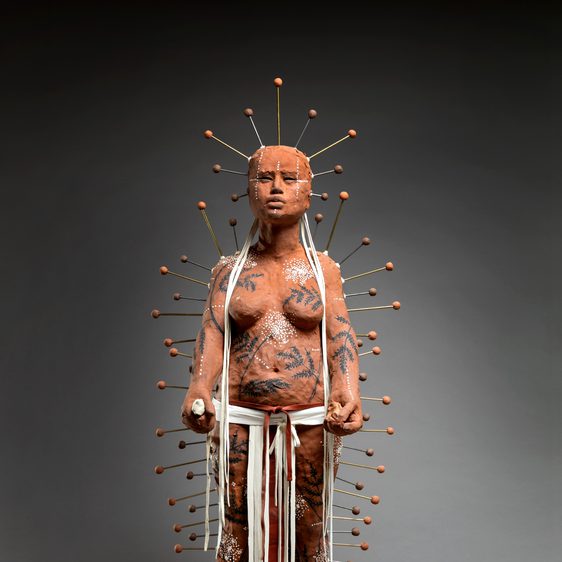Matt Howard
Matt Howard is the recipient of the 2024/2025 YSP/Laureate Fund Residency supported by the T. S. Eliot Foundation, which has been made possible by YSP Trustee and Poet Laureate, Simon Armitage.
Matt will use the residency to spend time exploring YSP’s natural landscape. He is interested in mapping the bird species at the Park and forming these findings into a third collection of poems.
I am so very grateful for the amazing opportunity of a residency at YSP. I can't wait to get to know and to be inspired by the collection and especially to explore the park at all hours and through the seasons.
- Matt Howard
Matt is manager of the University of Leeds Poetry Centre. His first collection, Gall, was published by The Rialto in 2018 and was winner of the 2018 East Anglian Book Award for Poetry, shortlisted for the Seamus Heaney Centre First Collection Prize in 2019, and won Best First Collection in the inaugural Laurel Prize 2020. After eleven years working for the RSPB, Matt was Douglas Caster Fellow in Poetry at the University of Leeds from 2021-2023. His second collection, Broadlands, is published by Bloodaxe.
You may also like
- News

Laurel Prize 2022
25 August 2022 
Hold to this Earth: Works by Contemporary Indigenous North American Artists from Tia Collection
–Headlining our 2026 programme is a major presentation of work by contemporary Indigenous American artists from Tia Collection.- Art Outdoors

Niki de Saint Phalle: Buddha
Niki de Saint Phalle began creating figurative works in the mid-1960s. In response to the pressures of domestic life as daughter, mother and wife, she created her iconic Nana figures. The colourful and voluptuous sculptural works are celebrations of the female form. These goddess-like figures continued as a form of expression throughout the artist’s life, and paralleled modern feminist efforts to reconsider and revalue the female body. - Art Outdoors

David Nash: Three Stones for Three Trees